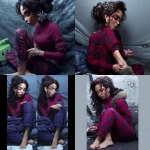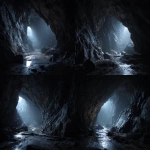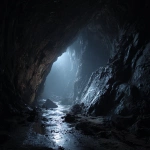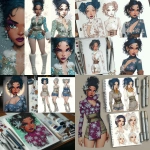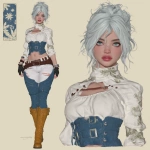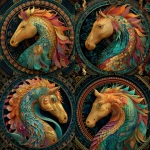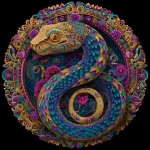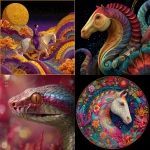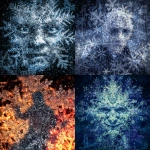Explore the Best AI Image Gallery
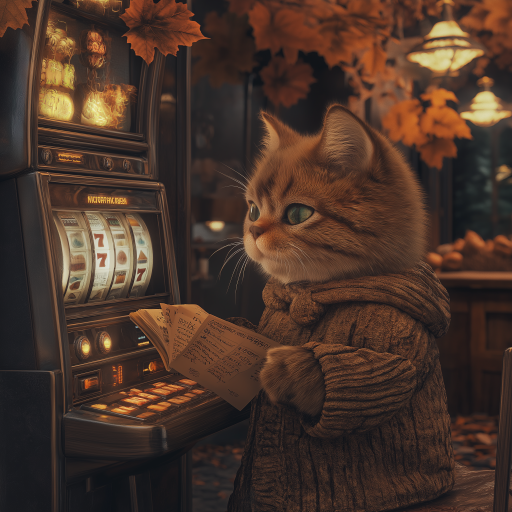
AI-Generated Visual Content: Transforming Creativity in the Digital Age
The advent of artificial intelligence (AI) has heralded a new chapter in the realm of visual content creation. Artists, designers, and marketers increasingly harness AI tools to produce stunning imagery, pushing the boundaries of what is achievable in creative fields. This blog post explores various aspects of AI-generated visual content, focusing on its impact on the creative industry, potential applications, ethical considerations, and future trends.
The Impact of AI on the Creative Industry
AI-generated visual content is reshaping traditional creative processes. Once, creating high-quality visuals demanded extensive skills and time. Today, AI algorithms can generate images, videos, and designs in a fraction of the time, enabling creators to focus on more complex aspects of their work, such as conceptualization and emotional resonance.
For instance, tools like DALL-E, Midjourney, and Runway ML empower users to generate unique visuals based on textual descriptions, allowing artists to rapidly prototype ideas or explore aesthetic possibilities. This ease of creation democratizes access to high-quality visual content, making it possible for those without traditional artistic training to engage in visual storytelling.
Potential Uses of AI-Generated Visuals
The versatility of AI-generated visuals opens up countless applications across various sectors:
- Marketing and Advertising: Brands are utilizing AI to create compelling ad visuals tailored to target audiences. Personalized content can enhance user engagement and drive conversion rates.
- Game Design: AI tools are streamlining asset creation, enabling developers to generate unique characters, landscapes, and textures with minimal input.
- Film and Animation: Filmmakers and animators leverage AI to produce stunning visual effects, from realistic landscapes to complex simulations that enhance storytelling.
- Fashion: AI can design clothing and accessories, predicting trends based on social media analysis and consumer behavior.
Ethical Considerations
While the benefits of AI-generated visual content are substantial, there are critical ethical considerations that must be addressed. As AI algorithms require large datasets to train, issues surrounding copyright, ownership, and representation become paramount. For instance, if an AI-generated image closely resembles a copyrighted artwork, who holds the rights?
Moreover, there is a growing concern about the potential perpetuation of biases within AI systems. Training data often reflects societal biases, which can inadvertently be transferred to the generated content. This raises questions about representation and inclusivity in AI-generated visuals. Creators and developers must navigate these ethical dilemmas to ensure that their tools promote a fair and just creative landscape.
Future Trends in AI Visual Content
As technology evolves, so too will the capabilities and prevalence of AI-generated visual content. Several trends are expected to shape the future of this dynamic field:
- Enhanced Collaboration: Future AI tools will likely become more collaborative, allowing human artists to work seamlessly with algorithms to enhance creativity.
- Interactivity and Personalization: AI-generated visuals will evolve to deliver interactive experiences, tailor-made for individual users based on preferences and behavior.
- Augmented Reality (AR) and Virtual Reality (VR): The integration of AI in AR and VR environments will revolutionize how audiences interact with visual content, providing immersive experiences.
- Emotion Recognition: Future AI systems may be capable of assessing user emotions and preferences, enabling the creation of visuals that resonate more deeply with audiences.
Conclusion
In conclusion, AI-generated visual content is not just a fleeting trend; it represents a profound shift in the creative industry. As artists and brands embrace these new technologies, the potential for innovation is limitless. While ethical considerations must be addressed, the journey forward holds exciting possibilities for collaboration, new artistic expressions, and incredible visual experiences.
](https://images.ai-img.art/thumbnails/150/f3bef6b1c4c93eadc3cf2209f9062f676a6fd94018da7483cb40120fe1a9e60c.webp)
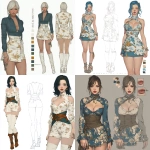

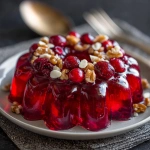

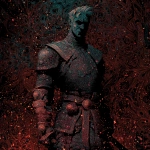
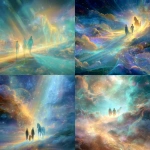
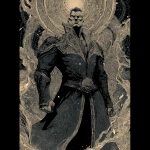
](https://images.ai-img.art/thumbnails/150/92db9158526805f4e438e5531d51913400855d6281c3e9cfb60e2251a26f9c62.webp)


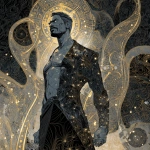
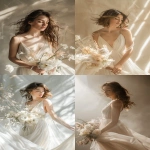



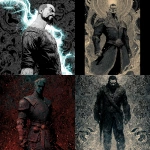


](https://images.ai-img.art/thumbnails/150/564796a8f7e0059faedfce41fa3ac5bfa4c4065f231473bd5e3901336c92ffff.webp)
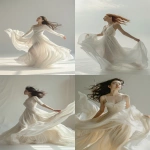


](https://images.ai-img.art/thumbnails/150/b280cd776d11e9ba6130542924a673299ee17d1d4cfb287df0445e71165211b4.webp)

](https://images.ai-img.art/thumbnails/150/9852ce8d1febd9d8344467b42688c54f3619e023e3b8515019ad9de85efc7f46.webp)

